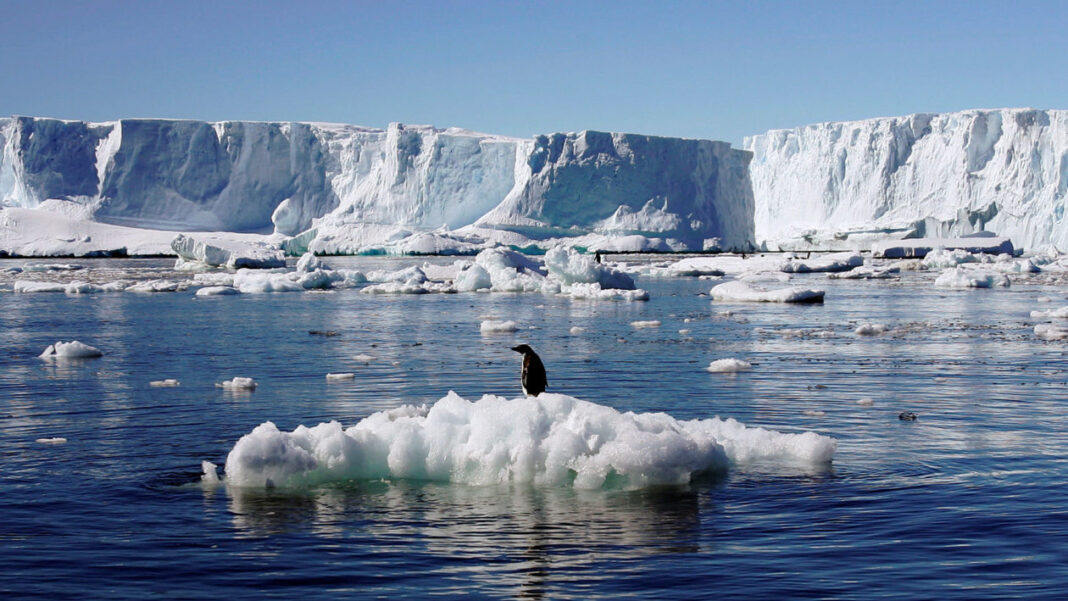In a study published today in the journal Science, a team from Cardiff University has been able to pinpoint how the tilting and wobbling of the Earth as it orbits the Sun has influenced the melting of ice sheets in the Northern Hemisphere over the past 2 million years or so.
Scientists have long been aware that the waxing and waning of massive Northern Hemisphere ice sheets result from changes in the geometry of Earth’s orbit around the Sun.
There are two aspects of Earth’s geometry that can influence the melting of ice sheets: obliquity and precession.
Obliquity is the angle of the Earth’s tilt as it travels around the Sun, and is the reason why we have different seasons.
Precession is how the Earth wobbles as it rotates, much like a slightly off-centre spinning top. The angle of this wobble means that sometimes the Northern Hemisphere is closest to the Sun and other times the Southern Hemisphere is closest. Roughly every 10,000 years, one hemisphere will have warmer summers compared to the other, before it switches.
Scientists have determined that over the past million years or so, the combined effects of obliquity and precession on the waxing and waning of Northern Hemisphere ice sheets has resulted – through complicated interactions within the climate system – in ice-age cycles lasting approximately 100,000 years.
However, before 1 million years ago, in a period known as the early Pleistocene, it is believed that the duration of ice-age cycles was controlled only by obliquity, and these ice-age cycles were about 41,000 years long.
For decades, scientists have been puzzled as to why precession did not play a more important part in driving ice-age cycles during this period.
In their study, the Cardiff University team reveals evidence suggesting that precession did play a role during the early Pleistocene.
Their results show that more intense summers, driven by precession, have always caused Northern Hemisphere ice sheets to melt, but before 1 million years ago, these events were less devastating and did not lead to the complete collapse of ice sheets.
Lead author of the study professor Stephen Barker, from Cardiff University’s School of Earth and Environmental Sciences, says that “early Pleistocene ice sheets in the Northern Hemisphere were smaller than their more recent counterparts, and limited to higher latitudes where the effects of obliquity dominate over precession. This probably explains why it has taken so long for us to find evidence of precession forces during early Pleistocene.
“These findings are the culmination of a major effort, involving more than 12 years of painstaking work in the laboratory to process nearly 10,000 samples and the development of a range of new analytical approaches. Thanks to this, we can finally put to rest a long-standing problem in paleoclimatology and ultimately contribute to a better understanding of Earth’s climate system.
“Improving our understanding of Earth’s climate dynamics, even in the remote past, is crucial if we hope to predict changes over the next century and beyond.”
https://phys.org/news/2022-05-scientists-role-earth-orbit-fate.html


